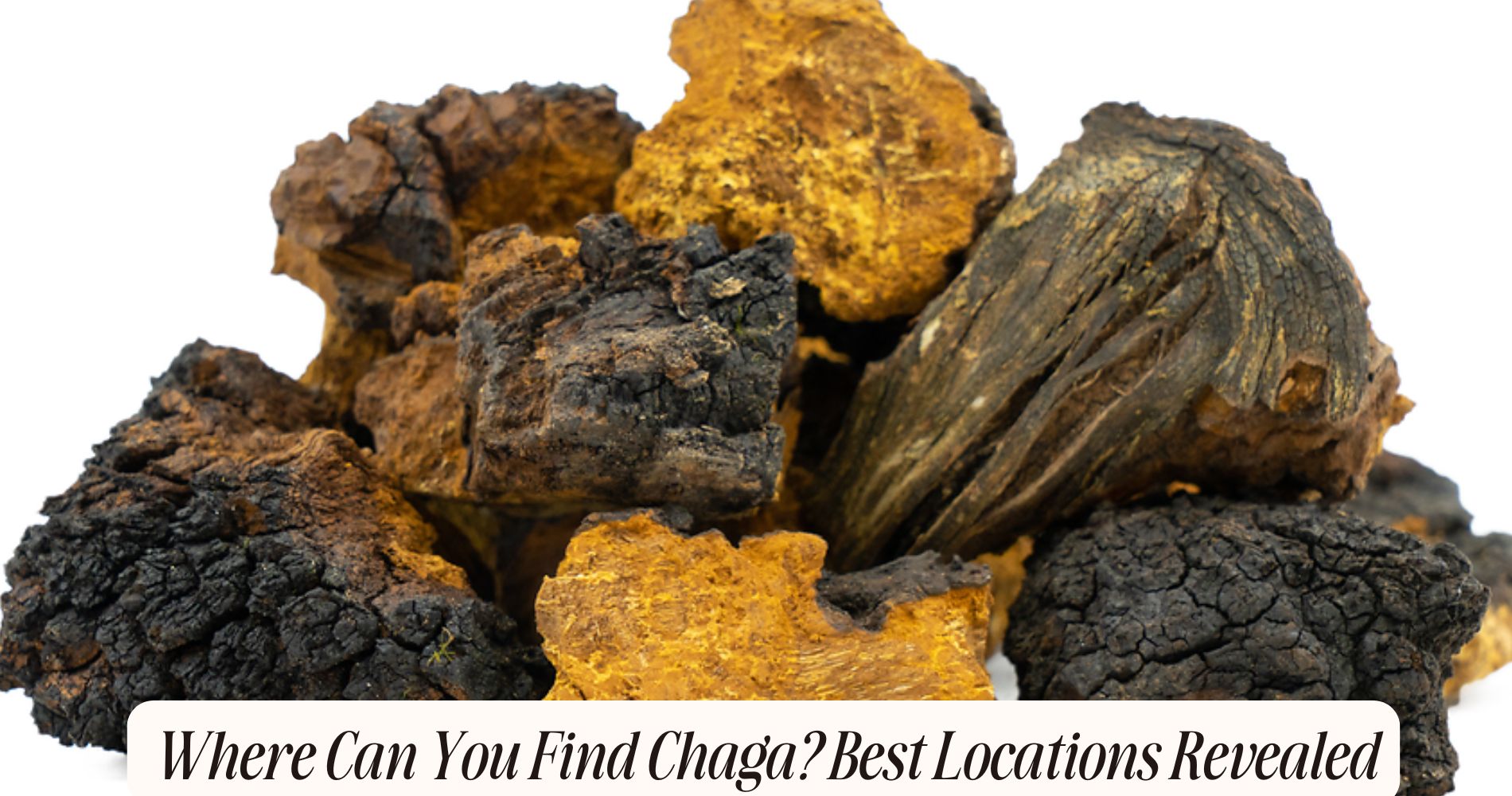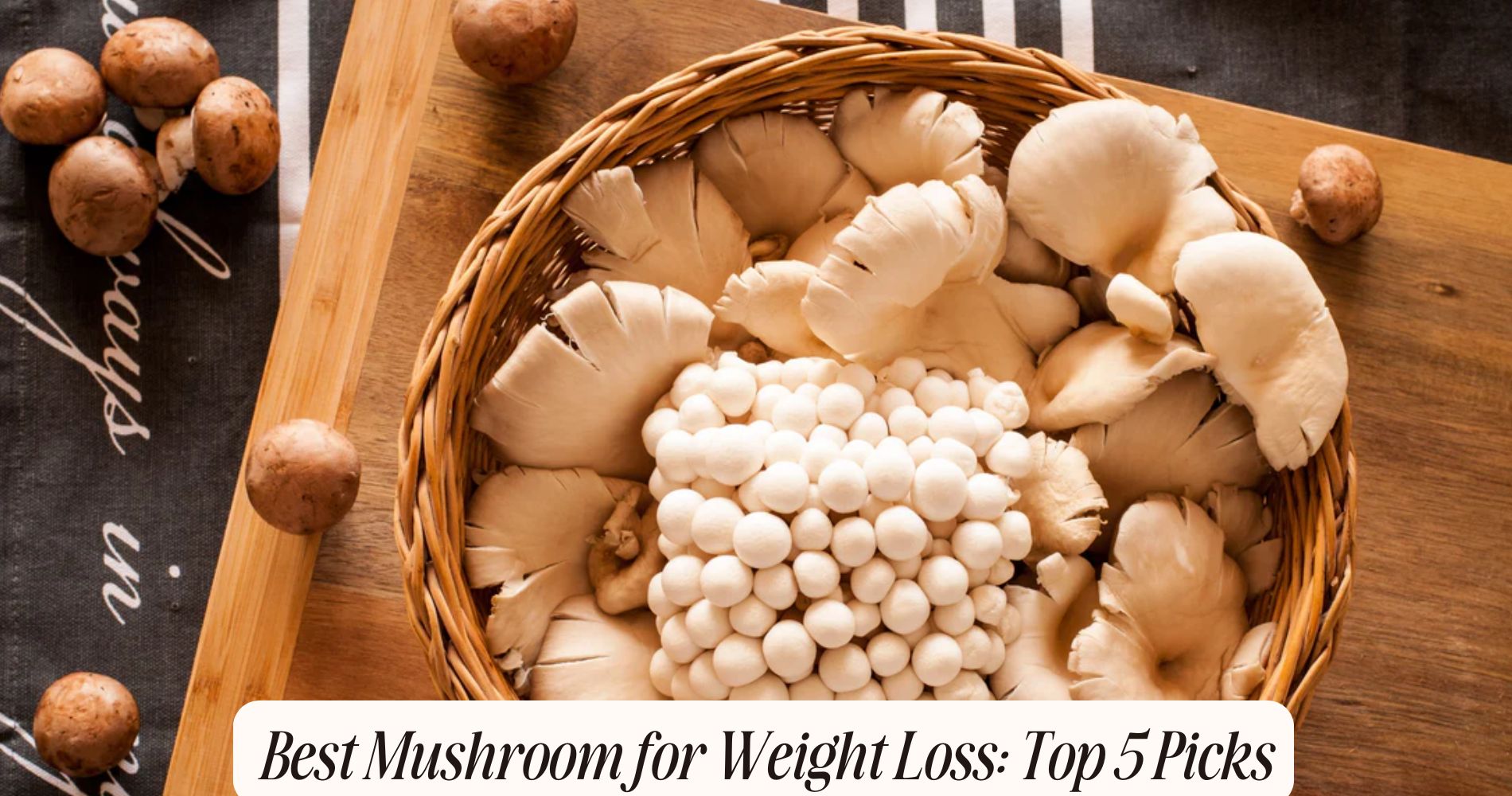
Where Can You Find Chaga? Best Locations Revealed
Where can you find chaga? You can find chaga mainly on living birch trees in cold climates, primarily in North America, Northern Europe, and Asia. Key hotspots include Alaska, Minnesota, Vermont, Finland, Sweden, and Siberia, where moisture and temperature range between -30°C to 20°C are ideal for growth. Look for mature chaga in late winter or early spring, identifiable by irregular black masses on birch bark. Sustainable harvesting practices are essential; verify you're taking from healthy trees and leaving sufficient fruiting bodies intact. Understanding these factors is important in locating chaga effectively, and exploring the specifics could enhance your foraging experience.
North America Hotspots
While you might think of chaga as a rare find, North America is home to several hotspots where this unique fungus thrives. Primarily, you'll find chaga on the birch trees of the northern United States and Canada. States like Alaska, Minnesota, and Vermont are particularly rich in chaga resources, given their cold climates and abundant birch forests.
Ideal harvesting typically occurs in late winter or early spring when the fungus is at its peak potency.

When engaging in chaga harvesting, it's vital to identify mature, healthy specimens. Look for irregular black masses protruding from the tree's bark, as this indicates a viable chaga growth.
Responsible harvesting practices are essential to preserve the ecosystem; avoid overharvesting from any single tree to guarantee its survival.
The benefits of chaga are well-documented, including its high antioxidant content, potential anti-inflammatory effects, and ability to support immune health.
Northern Europe Regions
If you're exploring chaga harvesting, Northern Europe offers some of the richest regions for this medicinal fungus. Countries like Finland, Sweden, and Russia provide an ideal climate for chaga to thrive, primarily on birch trees.
When you're out foraging, focus on areas with dense birch forests, especially in the boreal regions, where the cool, moist environment supports chaga growth.
For effective chaga identification, look for the distinct black, irregularly shaped conks that protrude from the tree bark. These conks can vary in size and often have a crusty outer layer, contrasting with the lighter, more fibrous interior.
Remember, chaga typically grows on living birch trees, so make sure you're not harvesting from dead or dying trees.
Utilizing tools like a field guide or app for fungi can enhance your identification skills, making certain you're collecting genuine chaga.
Additionally, understanding the local regulations surrounding chaga harvesting is essential, as many areas have restrictions to protect these important ecosystems.
Asian Forests
Asian forests present a diverse and promising landscape for chaga harvesting, particularly within regions like Siberia and the mountainous areas of Japan. These environments provide the ideal conditions for the growth of Inonotus obliquus, the fungus known for its numerous chaga benefits.
In Siberia, the cold, harsh climate combined with the abundance of birch trees creates a perfect habitat for chaga to thrive. When you explore these forests, pay attention to the age and health of birch trees, as mature trees are more likely to host chaga.

Chaga harvesting in these areas requires a careful and sustainable approach to guarantee the long-term health of both the fungus and the host trees. Removing chaga improperly can damage the tree, which diminishes future yields and negatively impacts the ecosystem.
In Japan, mountainous regions also offer rich opportunities for chaga harvesting. Local traditions often highlight the medicinal properties of chaga, and you might find communities engaged in sustainable foraging practices.
Understanding these regions' unique ecological dynamics will enhance your ability to harvest chaga effectively while maximizing its health benefits.
Ideal Climate Conditions
Chaga thrives in specific climate conditions that directly influence its growth and importance. Your understanding of its climate preferences can greatly enhance your chances of locating this valuable fungus.
Chaga typically flourishes in temperate and subarctic regions, where temperatures range from -30°C to 20°C (-22°F to 68°F). These cold climates provide a suitable environment for the birch trees, which are essential for Chaga growth.
Moreover, Chaga prefers humid conditions, often found in areas with considerable rainfall and high humidity levels. This moisture is vital, as it supports the birch trees that host the fungus, allowing it to thrive and develop its unique properties.
You should also consider the elevation; Chaga is commonly found in forested areas at elevations between 300 to 1,200 meters (approximately 1,000 to 4,000 feet).
Sustainable Foraging Practices
Sustainable foraging practices are essential for ensuring the long-term viability of Chaga populations in the wild. When you engage in ethical harvesting, you need to prioritize the health of the host trees, primarily birches, where Chaga grows. Only collect Chaga from trees that are healthy and haven't been overly stressed.
It's vital to leave at least 50% of the fruiting body intact, allowing it to continue growing and supporting the ecosystem. Additionally, be aware of the timing of your harvest. Late summer to early fall is ideal, as this is when Chaga has a higher concentration of beneficial compounds.

Avoid overharvesting in a single area; instead, rotate your foraging sites to minimize impact. This practice not only supports mushroom conservation but also helps maintain biodiversity in the forest.
Keep in mind that ecological balance is key. If you notice a significant decline in Chaga populations, consider reducing your harvest or temporarily suspending foraging in that area.
Enhance Your Wellness with Well Gummies' Ultimate Wellness Bundle
If you're looking for an easy and delicious way to experience the benefits of mushrooms like chaga, try Well Gummies' Ultimate Wellness Bundle. This convenient gum chew includes All-in-One Mushroom Gummies for daily health support and Lion's Mane Focus and Energy Gummies for a quick boost when needed. With 10 different types of mushrooms, these vegan gummies fuel your brain, improve focus, and support immune health—all with a fresh wild berry flavor. No jitters, no crash—just smooth, steady energy to help you feel your best all day long!
Frequently Asked Questions
What Type of Trees Does Chaga Typically Grow On?
Chaga typically grows on birch trees, particularly Betula lenta and Betula papyrifera. This chaga habitat thrives in cold, northern climates, where these tree types provide the ideal conditions for the fungus to develop and flourish.
How Can I Identify Chaga in the Wild?
To identify chaga in the wild, look for dark, irregularly shaped growths on birch trees. Use chaga identification tips like examining texture and color, and apply wild foraging techniques to guarantee sustainability and safety.
Is Chaga Safe for Everyone to Consume?
Chaga's generally safe for most, but it's essential to take into account individual health conditions. Start with low dosage recommendations to assess tolerance, as its health benefits can vary based on personal factors and existing medications.
Can Chaga Be Cultivated or Farmed?
Yes, you can cultivate Chaga, but it involves specific Chaga cultivation techniques. Understanding the environmental needs and overcoming Chaga farming challenges, like disease resistance and growth rate, is essential for successful production and sustainability.
What Is the Best Time of Year to Harvest Chaga?
The best time for chaga harvesting timing is late winter to early spring. During this period, seasonal chaga growth peaks, ensuring ideal potency and quality, allowing you to maximize the benefits of your harvest effectively.
Conclusion
In summary, if you're keen to find chaga, focus on the identified hotspots across North America, Northern Europe, and Asian forests. These regions provide the ideal climate conditions for chaga proliferation. However, always prioritize sustainable foraging practices to guarantee the longevity of this valuable resource. By being mindful of your harvesting methods, you contribute to the ecosystem's health while enjoying the benefits of this remarkable fungus. Happy foraging, and may your chaga hunting be fruitful!




